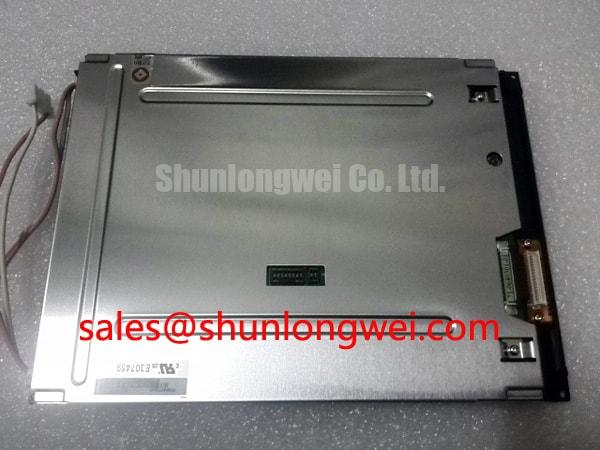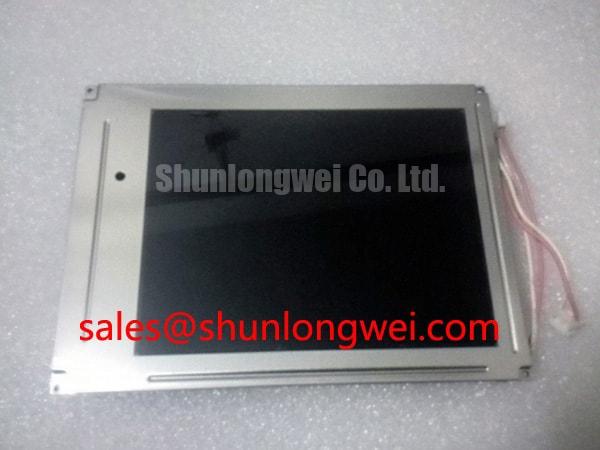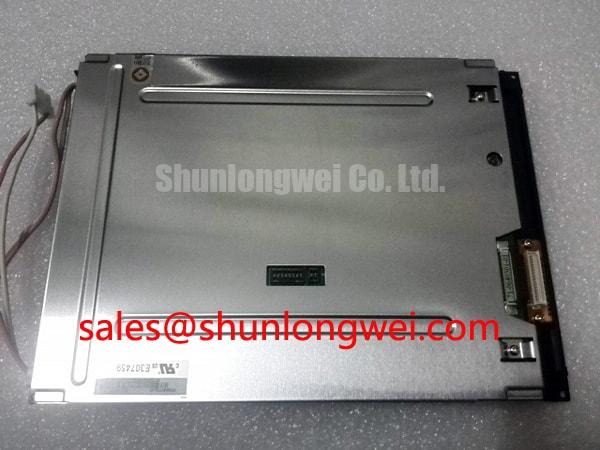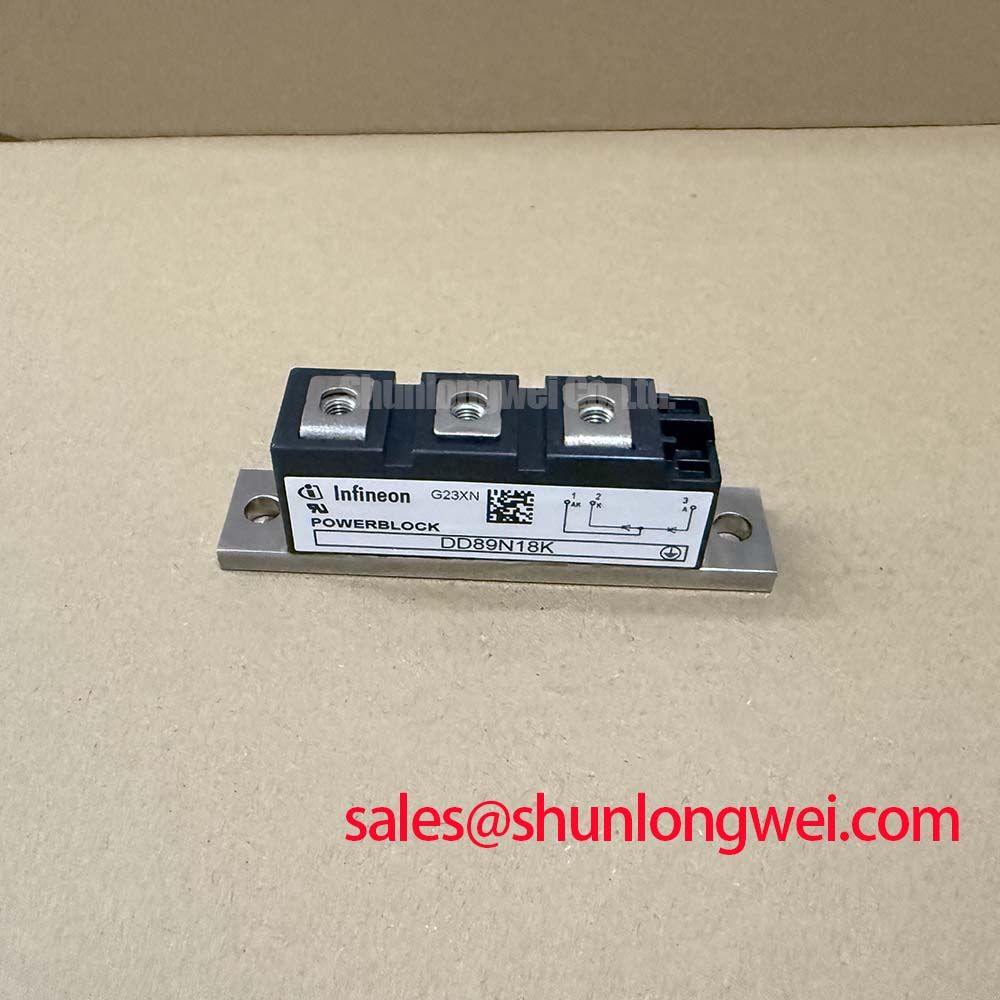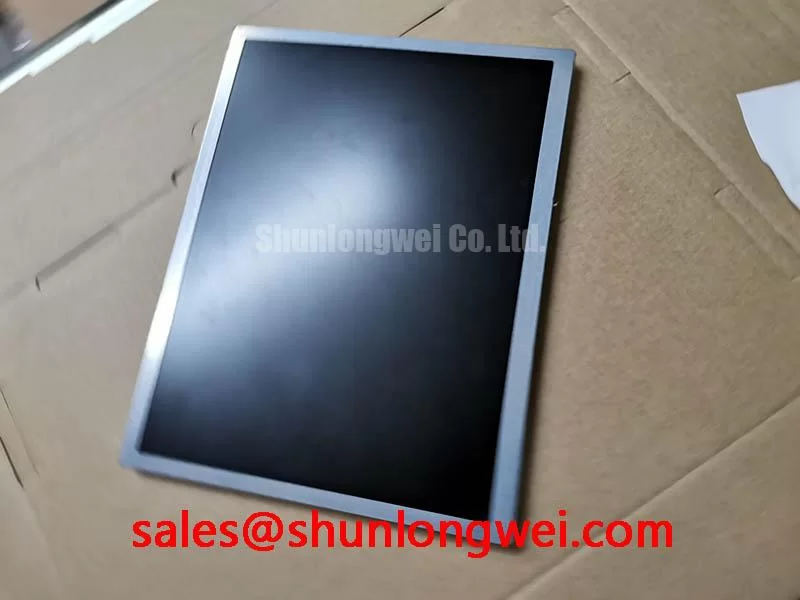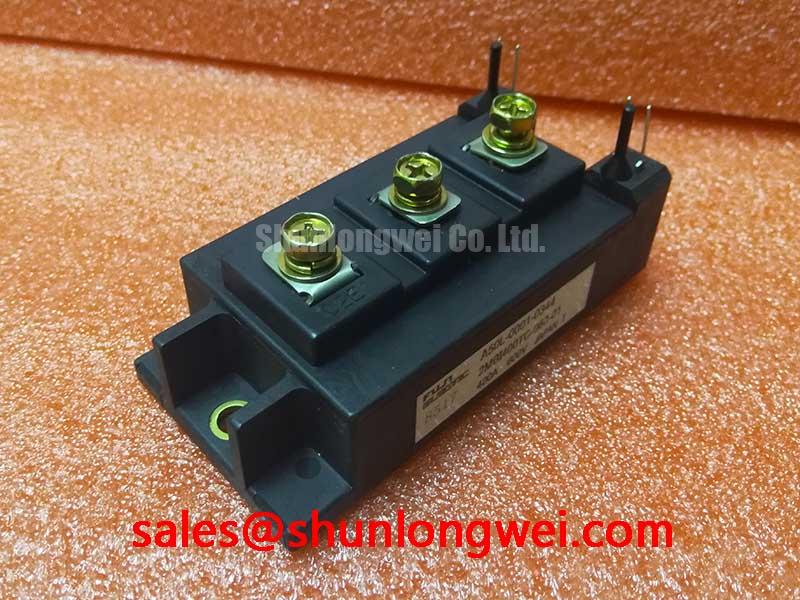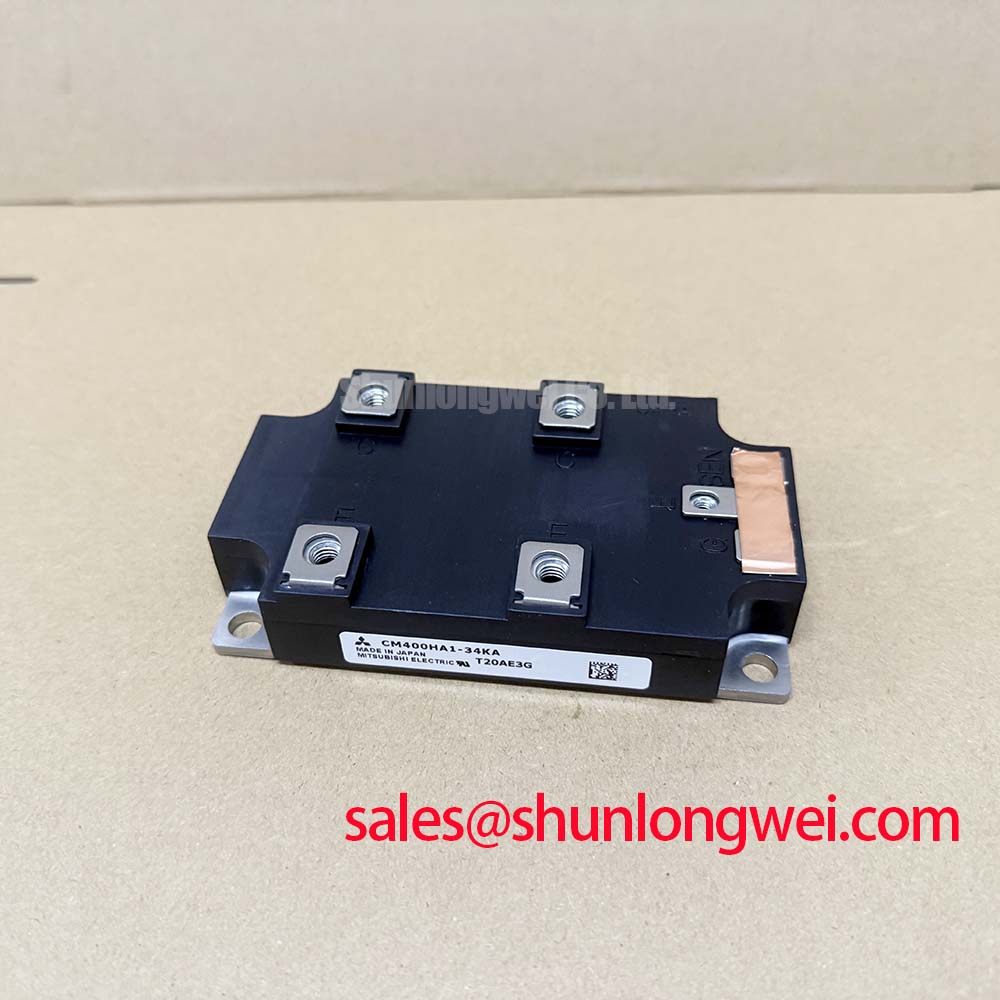PD064VT5 Datasheet: 6.4" VGA Industrial TFT LCD Display
Engineered for Reliability in Demanding Environments
The PVI PD064VT5 is a 6.4-inch color TFT-LCD module designed for unwavering performance in industrial systems where environmental resilience is a primary design criterion. As automation pushes user interfaces into more challenging operational settings, this display provides a stable visual foundation. Its robust construction ensures long-term operational integrity, addressing the critical engineering question of how to maintain display functionality and readability from a cold factory start to high-temperature field conditions. With its wide operating temperature range and anti-glare surface, the PD064VT5 delivers consistent clarity.
Field-Proven Performance in Harsh Conditions
Deployment in real-world applications provides the ultimate test of a component's durability. The PD064VT5 is frequently integrated into systems that operate beyond the confines of a climate-controlled room. These include industrial control panels on factory floors, in-vehicle displays for logistics and transportation, and portable test equipment used outdoors. The display's ability to function reliably across a broad thermal spectrum minimizes the need for external heating or cooling components, simplifying the overall system design and reducing potential points of failure.
Engineering for Environmental Stability
The design philosophy of the PD064VT5 centers on providing a dependable human-machine interface (HMI) component. Its resilience is built upon several key engineering specifications that work in concert.
Thermal Performance
A key resilience-focused specification is the wide operating temperature range of -20°C to 70°C. This allows the PD064VT5 to be deployed in environments subject to significant temperature swings, from refrigerated facilities to sun-exposed enclosures. What is the benefit of this wide thermal range? It directly enhances system reliability by ensuring consistent display startup and operation without performance degradation.
Optical Clarity in Variable Lighting
The screen is treated with an anti-glare finish. This surface scatters ambient light rather than reflecting it directly back at the operator, which is critical for maintaining readability under bright overhead factory lighting or indirect sunlight. This feature reduces operator eye strain and minimizes the potential for data misinterpretation, a vital consideration for any HMI. For a deeper understanding of technologies that enhance visibility, explore our guide on sunlight-readable HMIs.
Comparative Data for System Design
When evaluating displays for rugged applications, engineers must compare key metrics to ensure the chosen component meets system-level requirements. The PD064VT5 presents a balanced profile for industrial use. While other displays might offer higher resolutions or brightness, its strength lies in its environmental robustness. For systems that require a similar level of durability in a different form factor, the G065VN01 V2 offers an alternative set of specifications for consideration. The optimal choice depends on the specific constraints and priorities of the application. For industrial HMIs where operational uptime in fluctuating temperatures is the priority, the PD064VT5's validated thermal range makes it a benchmark component.
Strategic Implications: Why Robust Displays are Critical
The move towards decentralized control and Industry 4.0 places processing and interaction points directly in the field. This trend makes the environmental resilience of components like the PD064VT5 not just a feature, but a strategic necessity. A display that fails due to temperature extremes or becomes unreadable in typical lighting conditions can halt production, compromise safety, or lead to costly service calls. Investing in displays engineered for these conditions supports a lower total cost of ownership (TCO) and enhances the reputation of the final product. You can learn more about the importance of durable displays in our article on engineering for extremes in heavy machinery.
Environments of Use: Core Applications
- Industrial Control Panels & HMIs: Providing clear, reliable visual data for machine operators on manufacturing lines and in processing plants.
- Portable Test & Measurement Instruments: Ensuring field technicians can accurately read diagnostics and measurements in various outdoor and indoor lighting conditions.
- Transportation & In-Vehicle Systems: Functioning as information displays in the cabins of commercial vehicles, which experience a wide range of temperatures and vibrations.
- Point-of-Sale (POS) and Kiosk Terminals: Delivering a dependable user interface in semi-outdoor or environmentally challenging retail and service locations.
PD064VT5 Key Performance Parameters
The following table outlines the technical specifications of the PVI PD064VT5, with an interpretation of their engineering significance for system designers.
| Parameter | Value | Engineering Significance |
|---|---|---|
| Screen Diagonal | 6.4 inch | Provides a compact yet sufficient viewing area for displaying critical operational data without occupying excessive panel space. |
| Resolution | 640(RGB) x 480 [VGA] | Standard VGA resolution is widely supported by industrial controllers and single-board computers, simplifying driver and software integration. |
| Operating Temperature | -20 ~ 70 °C | Ensures dependable startup and operation in unconditioned environments, reducing the need for auxiliary thermal management hardware. |
| Brightness | 200 cd/m² (Typ.) | Offers adequate brightness for most indoor industrial and control room environments, balancing power consumption with visibility. |
| Contrast Ratio | 300:1 (Typ.) | A high contrast ratio is like a road sign in fog; it ensures that text and graphics are sharp and distinct, which is vital for quick and accurate data interpretation. |
| Backlight System | 1 pc CCFL | A mature and well-understood backlight technology known for its stable color rendering and operational lifespan. |
Frequently Asked Questions for the PD064VT5
1. What is the backlight type for the PD064VT5 and is it replaceable?
The PD064VT5 uses a single Cold Cathode Fluorescent Lamp (CCFL) as its backlight source. While CCFLs have a long operational life, they are serviceable components. The backlight unit, including the lamp and inverter, can typically be replaced to extend the service life of the display module.
2. How does the PD064VT5's wide temperature range impact system design for outdoor kiosks?
Its -20°C to 70°C operating range significantly simplifies the thermal design of an outdoor kiosk. It reduces or eliminates the need for dedicated heating elements for cold-weather startups and minimizes reliance on high-CFM fans for cooling, leading to a more reliable, power-efficient, and less complex final product.
3. My current display washes out in bright factory lighting. How does the PD064VT5 address this?
The PD064VT5 features an anti-glare surface treatment. This specialized coating diffuses strong ambient light, preventing specular reflections that cause "washout." This results in improved screen legibility and reduced operator eye fatigue in challenging lighting conditions.
4. What are the signal interface requirements for the PD064VT5?
This display module utilizes a digital parallel RGB (Red, Green, Blue) interface. It accepts 6-bit data for each color, allowing for a palette of 262,144 colors. It also requires standard timing signals such as a dot clock (CLK), horizontal sync (HSYNC), and vertical sync (VSYNC) for proper operation, which is a common interface for embedded systems.
5. What is the difference between operating temperature and storage temperature?
Operating temperature (-20 to 70 °C for this model) is the ambient temperature range within which the display is guaranteed to be fully functional. Storage temperature (-30 to 80 °C) is the range within which the display can be safely stored without power, without causing permanent damage. It is critical not to operate the device outside its specified operating range.
For more foundational knowledge on this technology, refer to The Ultimate Guide to TFT-LCD.
Designing Future-Proof Industrial Interfaces
As system designers look ahead, the trend of embedding intelligence and control in ever-harsher environments will only accelerate. Components like the PVI PD064VT5 serve as a reminder that the most advanced software is only as effective as the hardware interface that presents it. The future of HMI design will hinge on this foundational reliability, focusing on how to deliver data with absolute clarity and consistency, regardless of the external conditions. The selection of a display is, therefore, not just a component choice, but a core decision in defining the resilience of the entire system.

